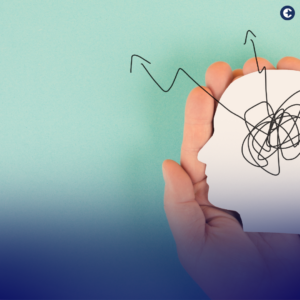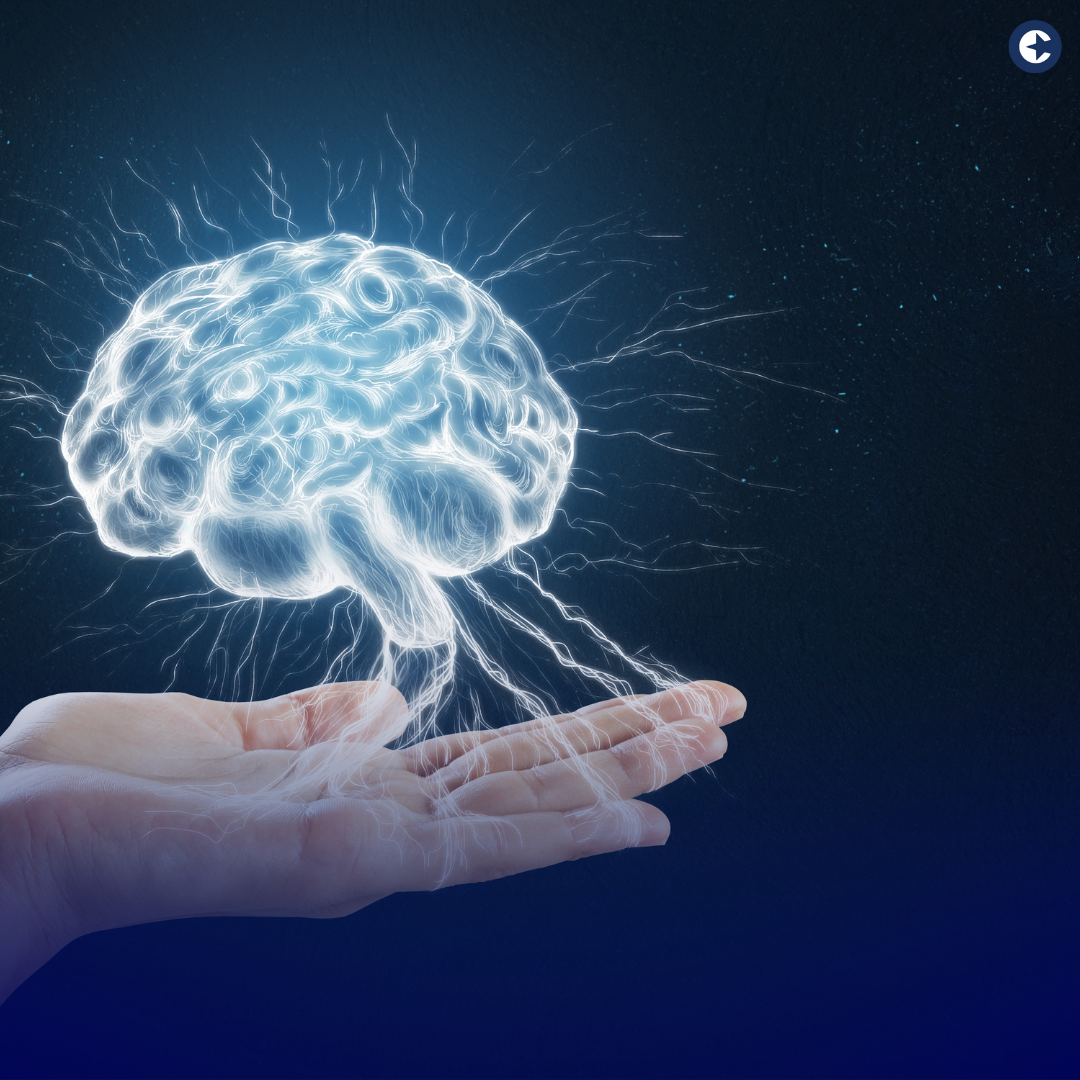Introduction
Employee motivation is a complex and multifaceted phenomenon that goes beyond simple incentives and rewards. It’s deeply rooted in psychology, influenced by various theories and concepts. In this blog, we will explore some of the key psychological theories that shed light on what truly motivates employees in the workplace.
Maslow’s Hierarchy of Needs: A Foundation for Motivation
Abraham Maslow’s Hierarchy of Needs is a foundational theory in understanding employee motivation. This theory posits that humans are motivated by a hierarchy of needs: physiological, safety, love/belonging, esteem, and self-actualization. In the workplace, this translates to the need for a safe working environment, social belonging, recognition, and opportunities for personal growth.
Herzberg’s Two-Factor Theory: Hygiene and Motivation
Frederick Herzberg’s Two-Factor Theory divides factors affecting work motivation into two categories: hygiene factors and motivators. Hygiene factors, like salary and work conditions, prevent dissatisfaction but don’t necessarily increase satisfaction. Motivators, such as recognition and achievement, truly drive employees to perform better.
Deci and Ryan’s Self-Determination Theory: Autonomy, Competence, and Relatedness
Self-Determination Theory, developed by Edward Deci and Richard Ryan, focuses on three intrinsic needs: autonomy, competence, and relatedness. Autonomy refers to control over one’s actions, competence involves feeling skilled and capable, and relatedness is the sense of connection to others. Fulfilling these needs leads to higher motivation and job satisfaction.
Vroom’s Expectancy Theory: Effort, Performance, and Outcomes
Victor Vroom’s Expectancy Theory suggests that motivation is influenced by an individual’s expectation that effort will lead to performance, and performance will lead to desired outcomes. This theory emphasizes the importance of clear communication about the link between effort and reward, and ensuring that the rewards are genuinely valued by employees.

McClelland’s Theory of Needs: Achievement, Affiliation, and Power
David McClelland’s Theory of Needs focuses on three key drivers: the need for achievement, the need for affiliation, and the need for power. Employees motivated by achievement seek to excel and take on challenging tasks. Those driven by affiliation desire harmonious relationships, while individuals motivated by power want to influence and control their environment.
Conclusion
Understanding the psychology behind employee motivation is critical for creating a work environment that not only fosters productivity but also nurtures employee well-being and satisfaction. By applying these psychological theories, managers and HR professionals can develop more effective strategies to motivate their teams, leading to a more engaged and productive workforce.



